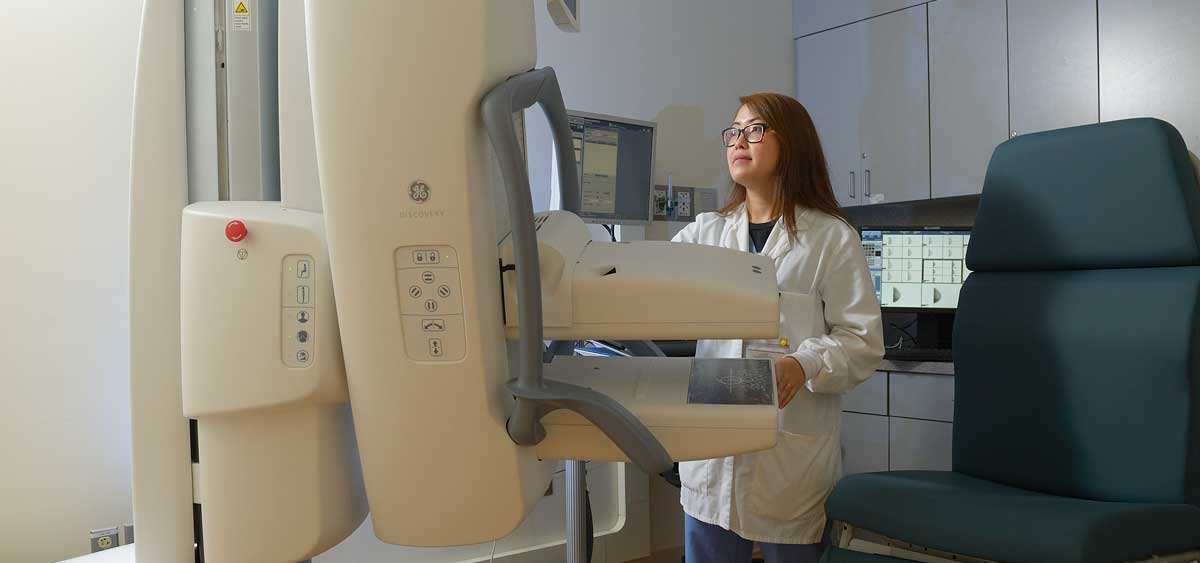
Don’t Put it Off: Get Screened for Breast Cancer
-
Updated: April 30, 2021
Nearly every woman knows someone who’s had breast cancer—whether a loved one or a friend. More than 300,000 women in the U.S. will be diagnosed with the disease this year, and more than 40,000 will die of it.
Without a doubt, the best defense against breast cancer is screening. Screening tests save lives by finding breast cancer in its early stages, when tumors are still too tiny for a woman or her doctor to feel and when the disease is usually easier to treat successfully.
Getting regular screening is one of the most important things you can do to reduce your risk of dying from breast cancer. If a breast cancer is found early through screening mammography, this may mean less aggressive treatment can be offered.
When should you be screened for breast cancer?
It is recommended that at age 25 women undergo a formal risk assessment for breast cancer to determine when to begin screening. Most women should have yearly mammograms starting at age 40. But be sure to ask your doctor what the best screening schedule is for you.
If you’re found to be at high risk for breast cancer, you should start getting an annual mammogram and MRI at age 30.
Learn more about Screening Guidelines for Breast Cancer.
Options for breast cancer screening
Fox Chase offers several breast cancer screening tests. Your doctor can help you determine which one is right for you. Here’s a look at three of the tests:
Traditional mammograms
These low-dose breast x-rays let doctors find abnormal changes in breast tissue. Typically, two pictures are taken of each breast—one from the side and one from above.
Since 1989, standard mammography has helped reduce female breast cancer deaths in the U.S. by nearly 40 percent—making it the “gold standard” for early detection.
3-D mammograms
You may hear this type of mammogram referred to as breast tomosynthesis. During a 3-D mammogram, a low-dose x-ray machine sweeps over the breast, taking multiple images from different angles. Then a computer combines all these images to create a 3-D picture of the breast.
These multiple slices of breast tissue help give doctors a clearer view of breast tissue. As a result, 3-D mammograms reduce the number of callbacks for false alarms, which suggest cancer may be present when it isn’t.
Some evidence also suggests that 3-D mammograms may help find additional breast cancers that would otherwise be hidden on standard mammograms.
Mammograms of dense breasts are sometimes difficult to read since both dense tissue and cancer appear white on mammograms. This newer kind of mammogram is appropriate for any woman. But it may especially improve the accuracy of mammograms in women with dense breasts—defined as breasts that have a lot of fibrous or glandular tissue and not much fat.
To schedule your breast cancer screening at Fox Chase, call 888-369-2427 or request an appointment online.
Learn more about breast cancer screening at Fox Chase Cancer Center
